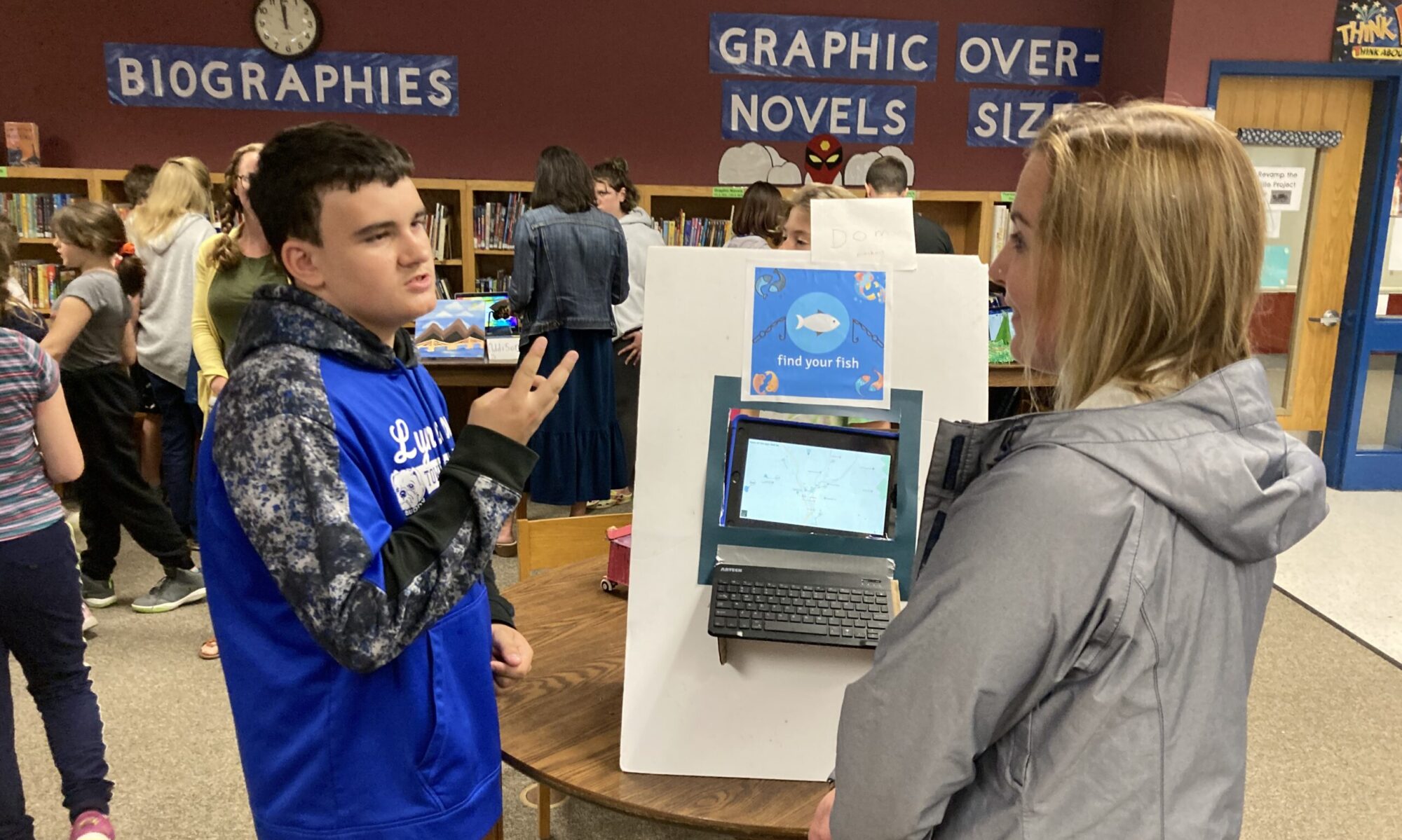Involve learners with actionable data
Wondering how to use data to inform progress for users in proficiency-based education? Assessment provides both learners and educators with data. One of CAST’s Top Ten Universal Design for Learning Tips for Assessment is involving learners in their learning progress through assessment data:
“Communicate with learners about their progress towards the intended learning goals through formative assessment data, mastery-oriented feedback, and providing guidance for possible adjustments or new strategies that may support the intended skill. This allows learners to become active advocates and take ownership their learning.”
These questions provide an effective guide for educators:
- Have I offered timely, goal-related feedback on the assessment?
- Have I offered learners the opportunity to assess individual learning progress and process (for example, through regular check-ins)?
- What about sharing options, strategies, and background knowledge needed to build the necessary skills and expertise for achieving the targeted learning goals?
How can we involve students in formative assessment so they can be empowered to take next steps?
Technology allows us to build assessment opportunities with our students. And those opportunities generate data. Students can then make informed decisions about how to move forward. Let’s look at some ways technology can help us answer the CAST questions.
Have I offered timely, goal-related feedback on the assessment?
Consider Google Forms. A form can become a self-grading quiz providing instant feedback that allows for review, reflection, and retakes.
My colleague Scott Thompson walks you through how to set up a Google Form quiz so students get both immediate feedback and resources to learn from on each answer they select.
Have I offered learners the opportunity to assess individual learning progress and process (for example, through regular check-ins)?
Padlet is a versatile tool for assessment purposes, especially when learners use the KWL template (Know, Want to Know, Learn) to track their growth. Ask students to create a Padlet during a project or unit. Build in routine times for them to update it as a means of tracking progress.
Check out this how-to create a KWL chart video to create your own.
And, Common Sense Media provides some sound advice about how to make formative assessment more student centered. “To unlock formative assessment’s full potential, go beyond the bar chart and get students to reflect on their own progress, areas for growth, and next steps. In the end, it’s not the quiz that counts but the thinking that happens after.”
Have I shared options, strategies, and background knowledge needed to build the necessary skills and expertise for achieving the targeted learning goals?
I’ve written about one of my favorite edtech tools Nearpod in the past. Nearpod invites learners into active participation with content. The power of this tool lies in the ability to easily include formative check-in activities in content delivery directly. And, the results are easily shared with students – data that then the class can act on.
Want another example in practice? Consider using Nearpod to introduce peer instruction as a collaborative learning strategy so students can receive immediate feedback on developing concepts. Interested in more? Pedagogue Padawan offers other similar technology tools for peer instruction and peer critique . He shares his search for tools that allow sharing student responses with all students in the class.
Consider where you are on the continuum
The folks over at Ed Elements share a helpful continuum on how teachers can move toward adopting effective formative assessment and data-driven decision practices:
- Getting Started: “Teacher uses formative assessments to check for student understanding”
- Going Deeper: “Teacher shares data with students on a periodic basis; students review their data individually.”
- All In: “Teacher uses data to provide immediate feedback to students; teacher and students consistently review data together to identify needs and teacher adjusts instruction accordingly.’
Teachers can harness the power of technology to generate easily shared data to help all learners grow. Want to know more? Visit our Formative Assessment Toolkit. And check out these 75 Digital Tools and Apps Teachers Can Use to Support Formative Assessment in the Classroom



